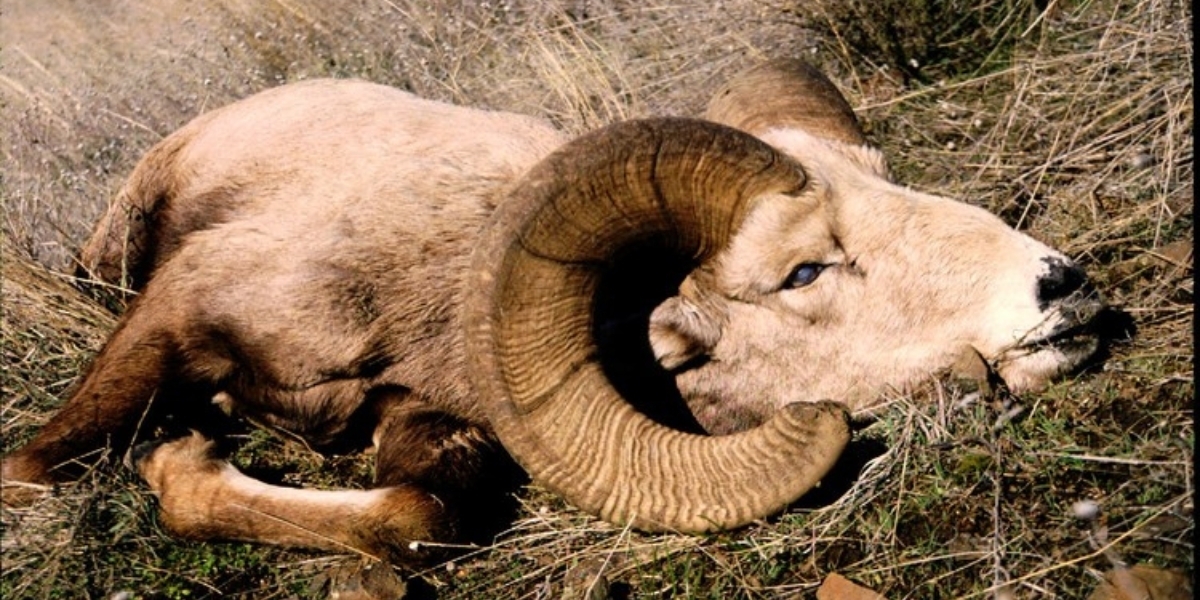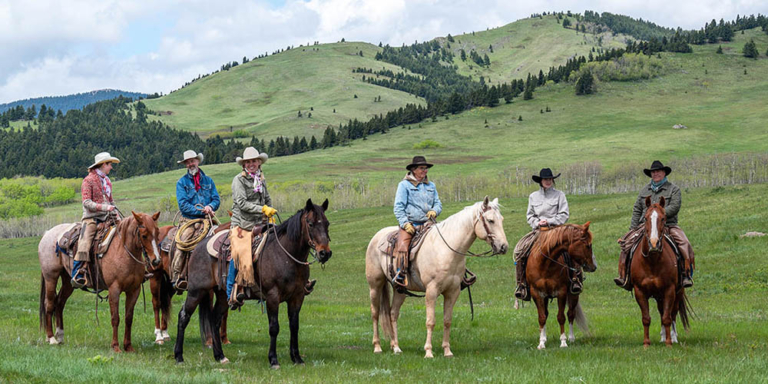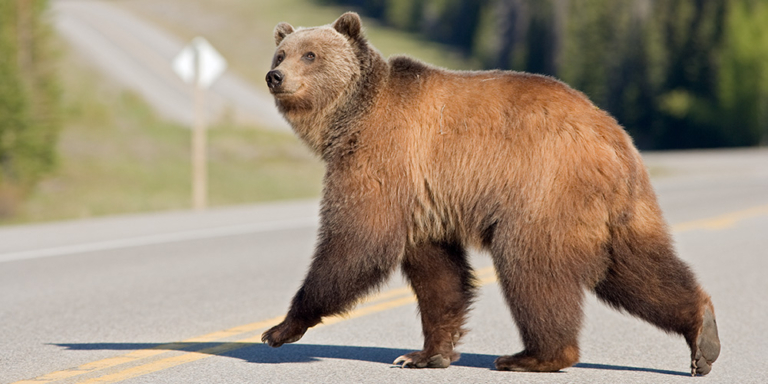Rocky Mountain bighorn sheep are iconic. Defined by their majestic horns, these beautiful beasts are our provincial animals.
They should be celebrated, not killed.
But that’s precisely what happened over the last two weeks.
On Tuesday, Alberta Environment and Protected Areas (EPA) euthanized five sheep southwest of Calgary. The choice was made after the ministry found several other members of the herd dead west of Diamond Valley.
According to EPA, lab results confirmed that these sheep were killed by pneumonia, an infectious respiratory disease widespread in bighorn sheep.
In another incident, a sheep was killed in Sheep River Provincial Park after showing signs of the illness.
“Because bacterial pneumonia is highly infectious and causes high mortality in sheep, our biologists made the difficult but necessary decision to euthanize the remaining bighorn sheep in the herd in order to prevent further spread,” AEP tweeted on Tuesday.
This small herd of 16 sheep is part of a greater population of around 100 sheep in the area.
Was killing the remaining five sheep in this herd necessary? University of Calgary biologist Dr. Kathreen Ruckstuhl doesn’t think so.
1/4 Last week, @AB_enviro and other gov’t wildlife staff confirmed the deaths of several bighorn sheep in a small herd of 16 west of Diamond Valley. Other sheep in this herd displayed symptoms of a respiratory disease and lab results confirmed an infectious bacterial pneumonia
— Alberta Environment and Protected Areas (@AB_Enviro) March 14, 2023
Ruckstuhl has been studying this herd for almost 30 years. Needless to say, she knows a thing or two about bighorn sheep. More importantly, she cares deeply for these animals.
In fact, it was Ruckstuhl that notified the EPA of the disease impacting the herd. With the hope that the EPA would help the herd, Ruckstuhl was shocked to hear that the ministry had chosen to euthanize the sheep instead.
“They did it without consulting me — this is my research project for 29 years,” Ruckstuhl told the Calgary Herald.
The passionate biologist now demands that the euthanized sheep be tested for the disease. But the damage has already been done.
Three of the euthanized sheep were male bighorn sheep, commonly known as rams. But fewer rams means fewer babies, which can have a significant domino effect on the breeding population.
“Failure to contain or remove an infected herd places all neighbouring herds at considerable risk. A timely response was key in mitigating risk of broader infection,” said Alberta EPA’s Press Secretary Miguel Racin on Wednesday.
Was EPA’s decision justified? Did killing this many rams doom the herd?
Only time will tell.






